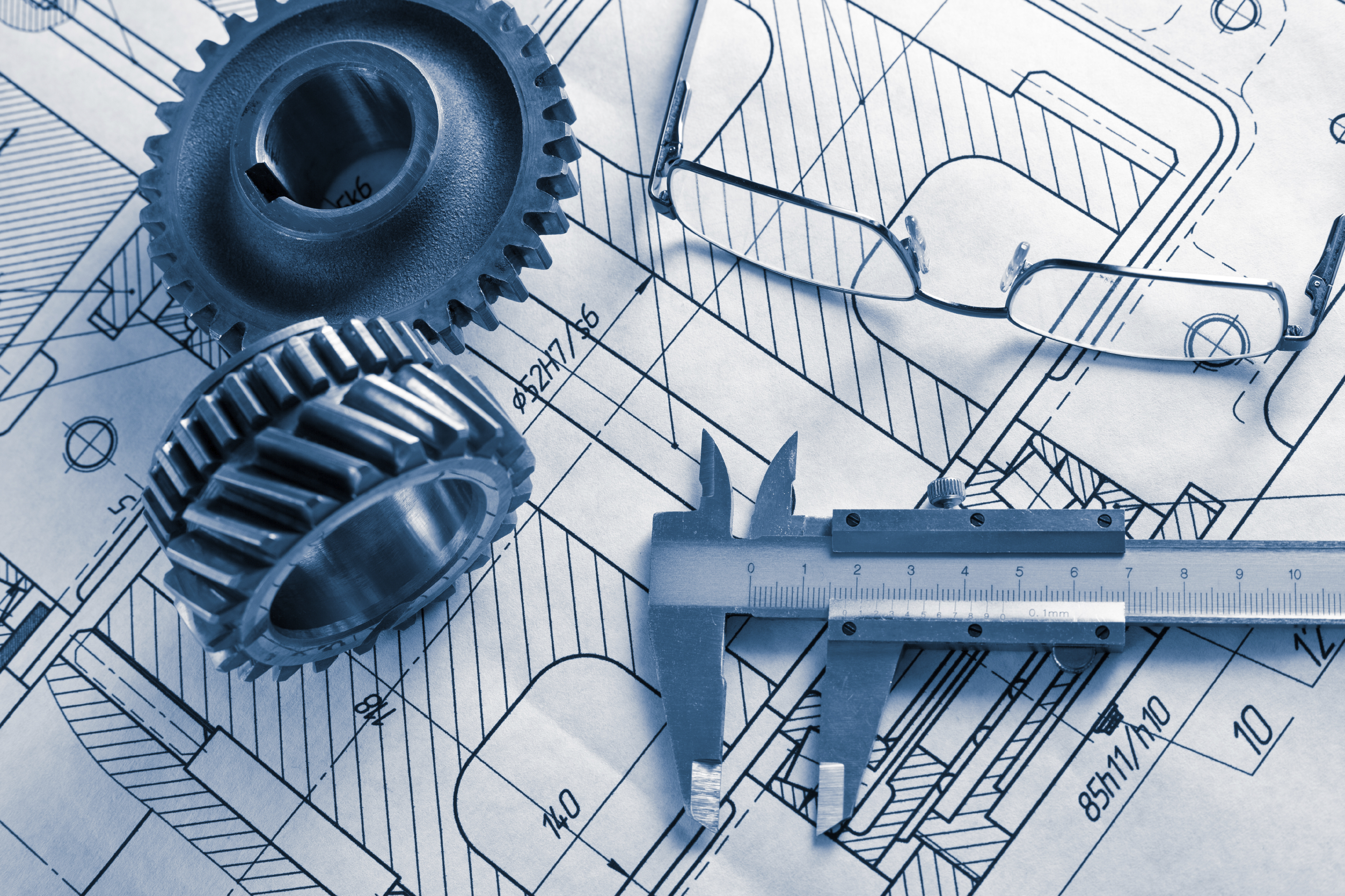Innovations and Trends in Australian Manufacturing

When it comes to manufacturing, only about 7.5 percent of the entire Australian workforce is involved in it. Nonetheless, this is a function that virtually every other industry depends on. Ranging from mining, construction, health care, transportation and agriculture, there’s really no end to how deep the rabbit hole goes.
Now, while it’s true that newly qualified professionals mostly look to non-manufacturing industries like dentistry, computer science and business studies, the majority of the Australian workforce still depends on these trends. With that in mind, here are some innovations and trends in Australian manufacturing that you should definitely know about.
1. Mining and mining machinery
The top industries in Australian manufacturing remain, more or less, the same. We’re of course talking about mining and construction machinery manufacturing. However, this is something that a lot of people see changing in the future, especially when it comes to mining. As a consequence, the demand for mining machinery will drop, as well.
One thing that could turn this is the evolution of the given machinery, which could provide higher performance and lower overhead. We’re talking about the machinery such as undercarriage track systems. Furthermore, due to the fact that high-quality undercarriage components may be purchased in any major city, this will make both maintenance and repair less expensive, which further adds to their popularity.
2. Construction machinery manufacturing
As for the construction machinery manufacturing, it seems to be on a steadier pace. This is due to the state of the Australian real estate industry and the rise of construction tech startups. Needless to say, this promises to draw in a larger portion of millennials into this industry, which was one of the most significant problems in the past. This change alone could turn the tide and create a greater demand for the construction machinery. Aside from this, in Australia, there’s also a trend of renting heavy machinery instead of purchasing it. This, on the other hand, creates a demand for more valuable and versatile pieces of equipment, instead of focusing on low-cost, compact and mobile devices.
3. Health care and social assistance
The next thing you need to understand is the fact that about 12 percent of the entire Australian workforce works in health care and social assistance industry. Naturally, this raises the need for specialized medical equipment, which Australians produce on their own. This is characteristic for first-world countries, as opposed to regions that don’t have the specialized workforce and conditions to make some of the most specialized pieces of equipment.
On the other hand, some devices are still imported from places like the UK, US and Japan, which have somewhat of a strong holding on the market. What makes the matters worse is the fact that the Australian dollar tends to be fairly weak compared to currencies of these three major economic superpowers. This is what slows down this industry the most.
4. The automotive industry in Australia
The first indicator that the Australian car manufacturing industry isn’t in the best spot lies in the fact that there isn’t a single major autochthonous car brand in Australia. Instead, foreign companies like Ford and Toyota dominate the market. Sure, one might argue that the Ford subsidiary, Holden, was something close to this, yet, there’s a huge difference here, one that just cannot be breached. Sadly, the car production in Australia was on a declining trend for a while and this isn’t likely to change anytime soon.
5. The future change
Earlier on, we mentioned that a relatively small portion of the Australian work-able population works in the manufacturing industry and the main culprit for this is the Australian education system. If the education system starts training more experts and specialists in this field, things might rapidly start changing for the better. This is due to the fact that a skilled production worker tends to be a more lucrative and challenging position than just being a production worker. With the change introduced by the 457 Visa, we might see more and more Australians opting for something in this manner.
Conclusion
At the end of the day, there’s one more thing worth considering, which is the fact that Australia’s manufacturing sector seems to be on a somewhat steady growth for several years now. This is not that strange, due to the fact that this trend tends to recur every time after the recession. Sure, the growth rate somewhat diminishes, however, it’s still heading in the right direction.